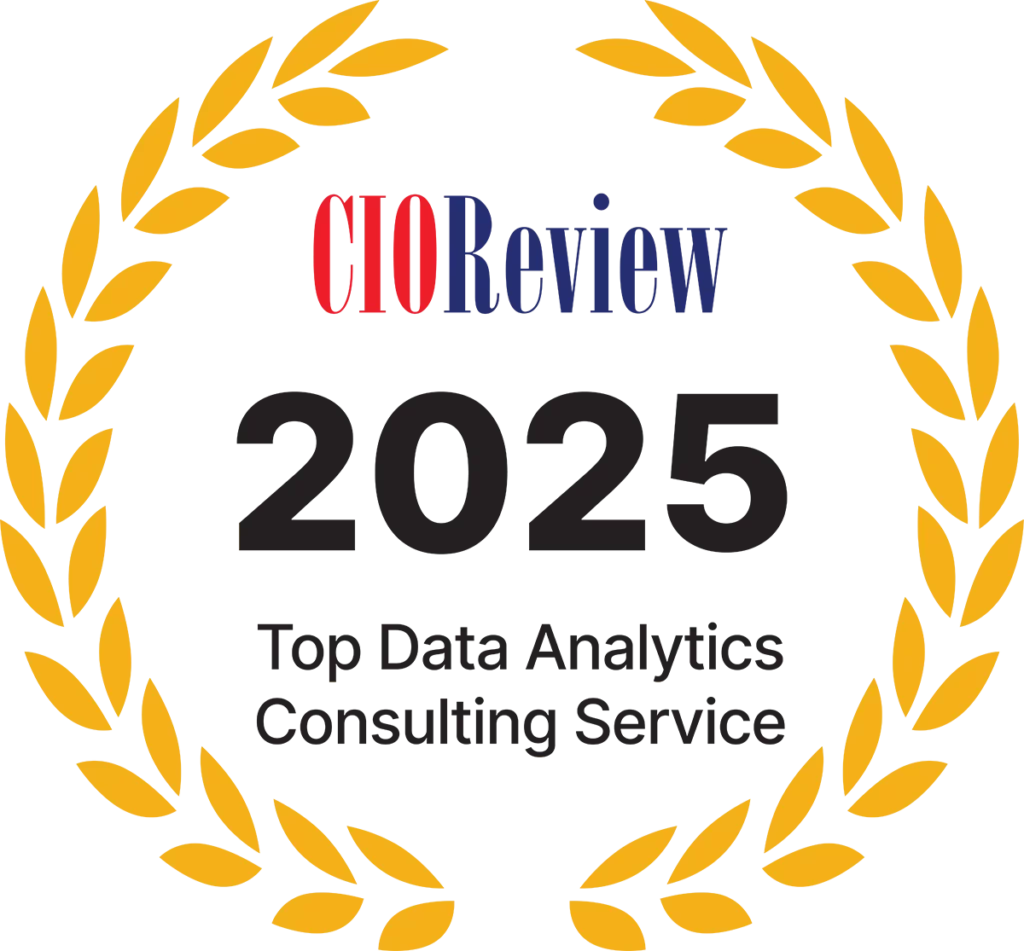Best Practices for Building Effective Machine Learning Applications

John Harmann
Principal
Evolution Analytics, LLC.
Posted: October 16, 2024
Over the last 25 years in data and analytics consulting, I’ve helped organizations across various industries leverage the power of machine learning (ML) to drive impactful business outcomes. While many organizations can develop accurate models, operationalizing them in a scalable, reliable way is another challenge altogether. This article outlines best practices for building effective ML applications that deliver sustained business value.
Step 1: Align on Objectives and Outcomes
Before embarking on an ML project, it’s essential to align the model’s purpose with clear business objectives. Start by identifying the specific business problem you aim to solve and ensure that it addresses a tangible outcome—whether it’s cost reduction, revenue growth, or improving operational efficiency.
For example, if you’re deploying a predictive maintenance model, key performance indicators (KPIs) could include reduced downtime or fewer maintenance costs. Tackling a clear, high-impact problem not only increases the likelihood of success but also provides a clear measure of how the model will deliver value.
Step 2: Understand the Business and Change It
The success of an ML application depends not only on the quality of the model but on how well it integrates into the broader business. It’s critical to understand the current business processes, systems of record, and stakeholders involved.
A strong ML model is just one component of the solution. To drive meaningful change, you must consider how predictions will be used and how results will influence decisions. Additionally, ensure that stakeholders are onboard with the changes the model introduces, as it will often require adjustments to existing workflows.
Step 3: Start Small and Iterate
A common mistake is trying to tackle a large, complex ML problem right out of the gate. Instead, start small. Build a simple proof of concept (POC) using a basic model or heuristic that can quickly demonstrate value. This approach allows you to prove the concept before investing significant resources in a full-scale solution.
If early results show promise, iterate and enhance the model over time. Continuous improvement is key, and it’s often better to refine a working solution than to pursue perfection from the outset.
Step 4: Leverage Existing Infrastructure and Technologies
One of the biggest advantages in modern ML applications is the availability of enterprise infrastructure that supports scalability. Use enriched data that already exists in your data warehouse, and leverage platforms like AWS, Azure, or Snowflake to deploy, monitor, and scale your models.
Technologies like Jupyter notebooks offer an intuitive interface for data scientists to iteratively develop models, while model registries ensure consistent deployment and versioning of models. Keep your architecture simple and rely on tools your teams are comfortable with to reduce friction in the development process.
Step 5: It Takes a Village – The Importance of Collaboration
ML projects often fail because organizations view them solely as the domain of data scientists. However, successful deployment requires a cross-functional team that includes data scientists, data engineers, MLOps professionals, and business stakeholders.
Data scientists build the models, but data engineers ensure that models are integrated into the operational environment, and MLOps teams manage the model lifecycle. Each of these roles brings essential skills to the table, and collaboration is critical to delivering a solution that works in the real world.
Step 6: Plan for Continuous Improvement and Scalability
Once deployed, ML models need ongoing maintenance and improvement. Data patterns evolve, and models must adapt to these changes to remain effective. Automate the retraining and updating processes wherever possible, using CI/CD pipelines to push updates seamlessly into production.
Scalability is another crucial factor. As more users rely on your model, ensure that the infrastructure can handle increased loads without sacrificing performance. Regularly tune hyperparameters, evaluate new algorithms, and conduct A/B tests to optimize the model over time.
Conclusion
Building successful ML applications is less about the complexity of the model and more about effectively solving business problems. In my experience, it isn’t all that different from what I’ve been doing for over 25 years in business intelligence and data analytics. The core principles remain the same: focus on clear business objectives and tangible outcomes, start small and iterate, leverage existing infrastructure, foster collaboration, and plan for continuous improvement. It’s not about reinventing the wheel—it’s about applying proven methods with modern tools to achieve long-term value.
At Evolution Analytics, we’ve developed a robust framework for helping organizations across healthcare, finance, and manufacturing operationalize their ML models. Whether you’re looking to streamline your ML production process or improve your analytics capabilities, we’re here to help you take the next step.
About the Author:
John Harmann is a Principal at Evolution Analytics with over 25 years of consulting experience. He specializes in analytics strategies, cloud-based solutions, data science, and AI-enhanced decision automation approaches. John has worked with global clients to drive digital transformation and is passionate about leveraging data to create business value.








